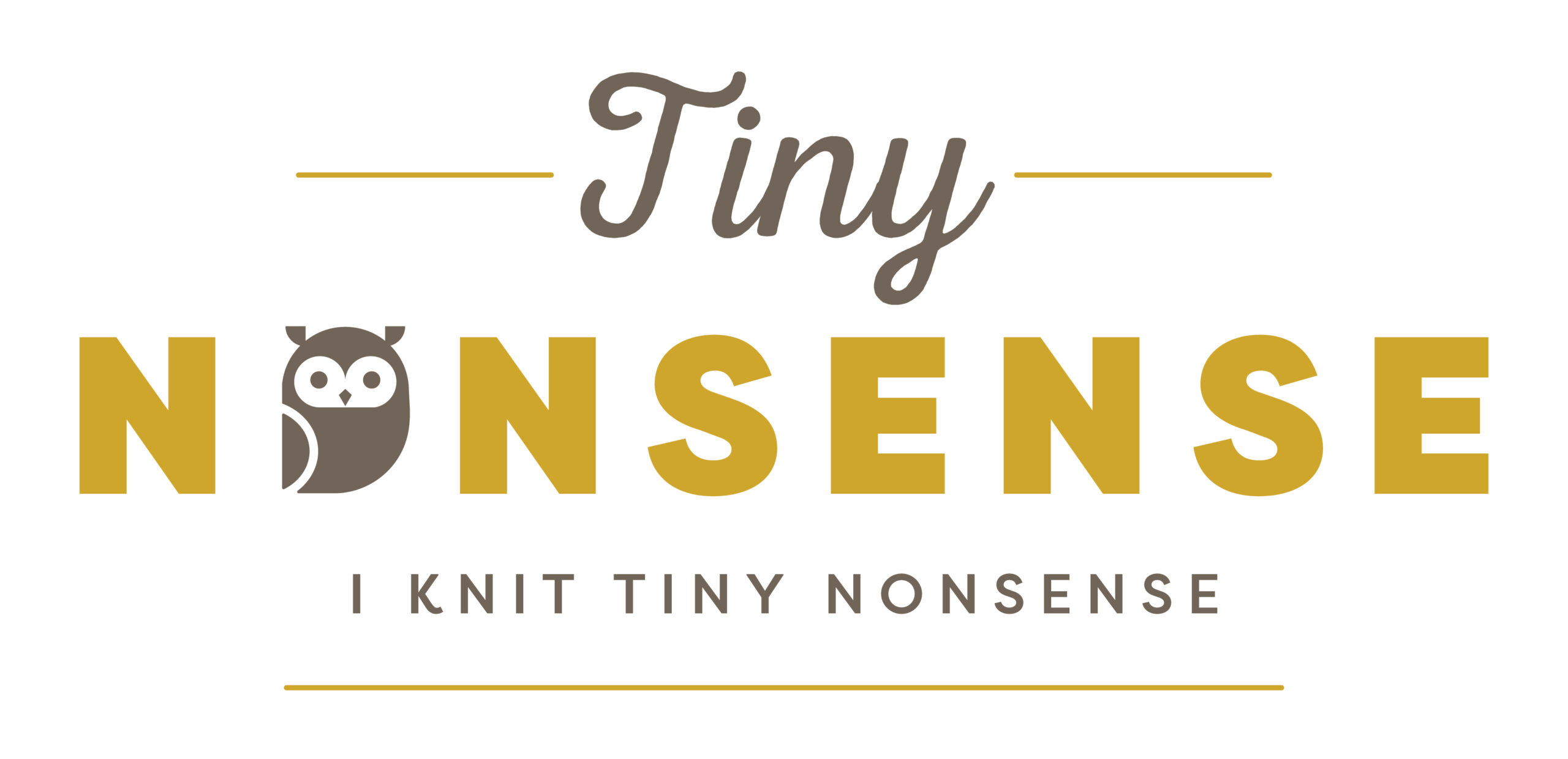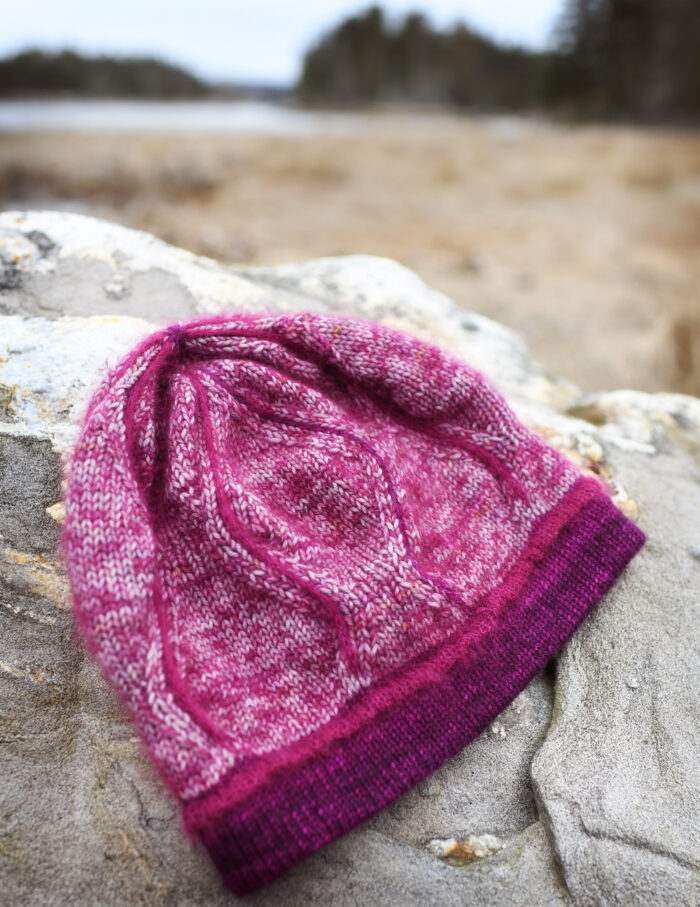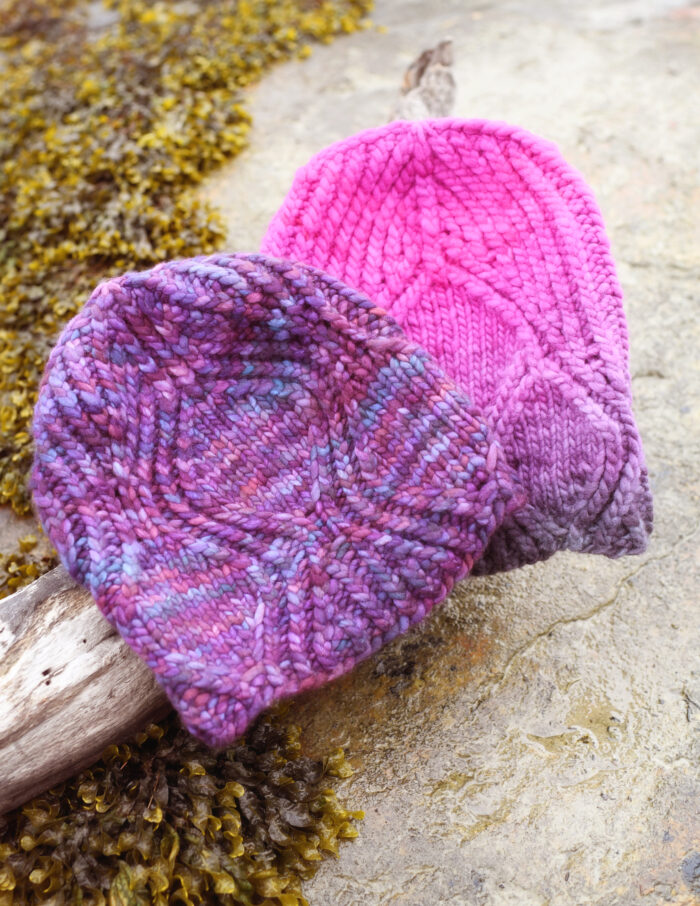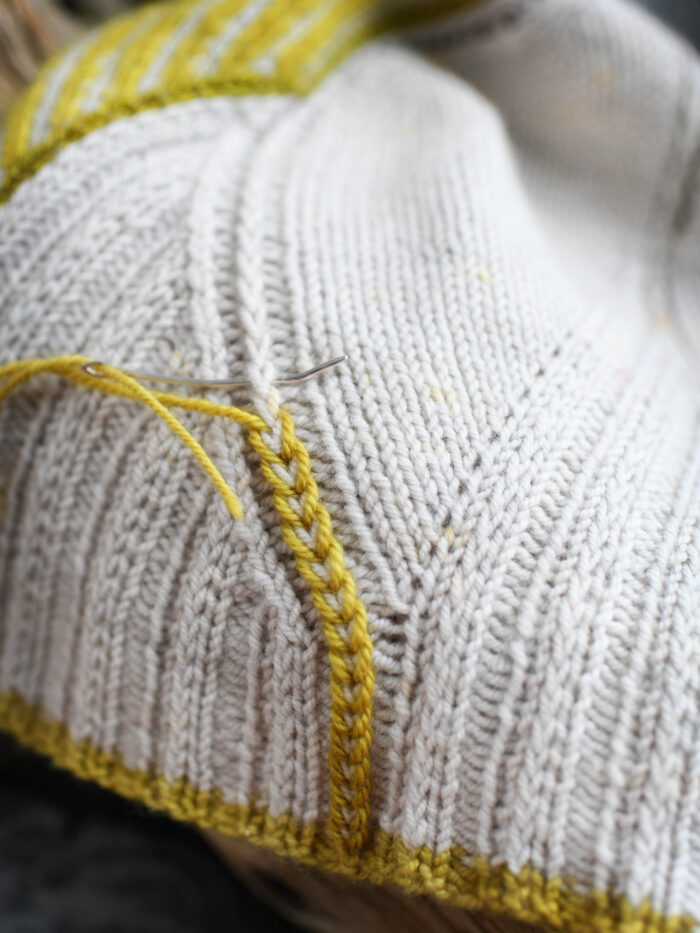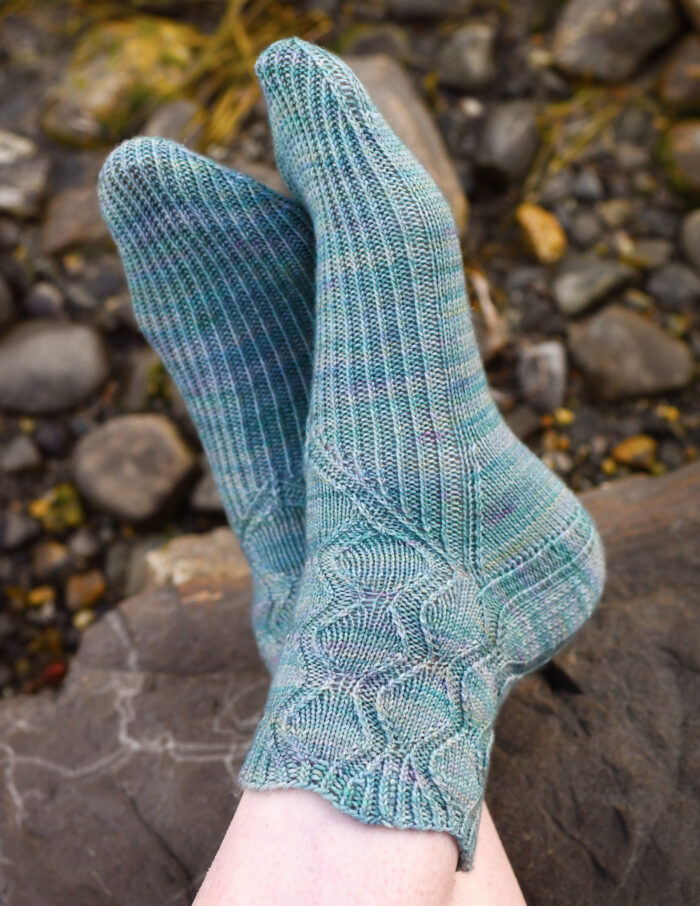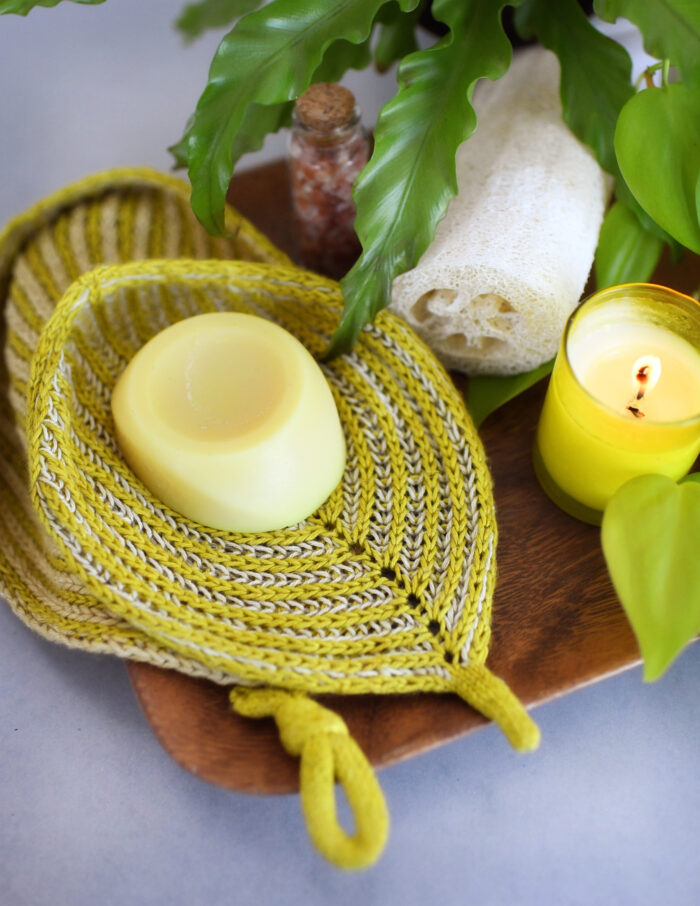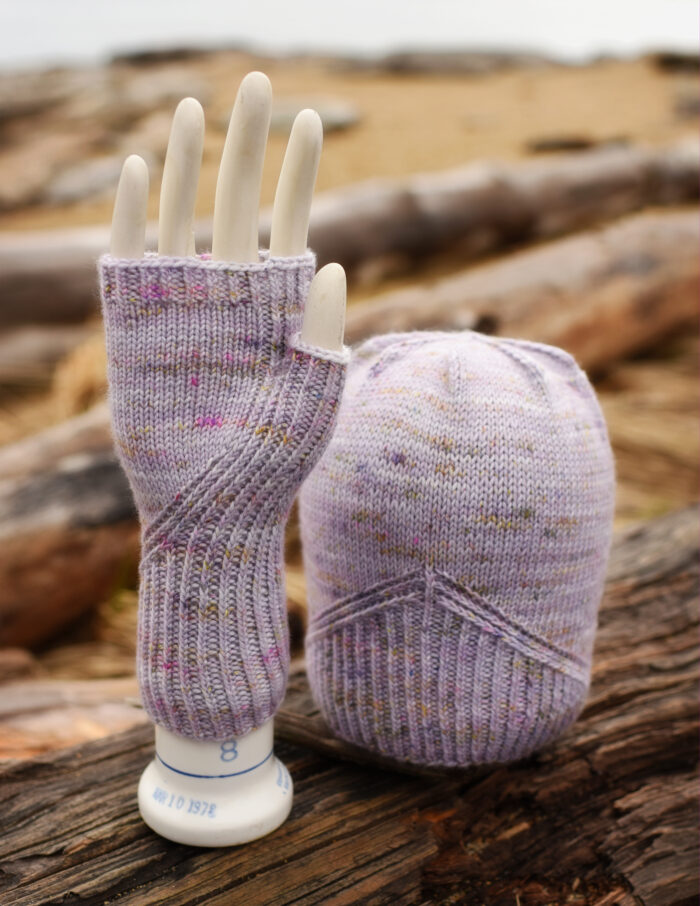In which I try to be careful and reasonable, but will probably mess it up somehow
There’s another one of those big, swirly (slightly messy) conversations happening over on instagram, this time on pattern prices and designer earnings. And those are good things to talk about! But the conversation is happening largely in instagram stories. And that’s great if it works for you and how you like to share or consume information…but wow am I not good at following conversations there. And wow do I have a lot to say about pattern pricing and designer earnings. So I’m going to talk about it here.
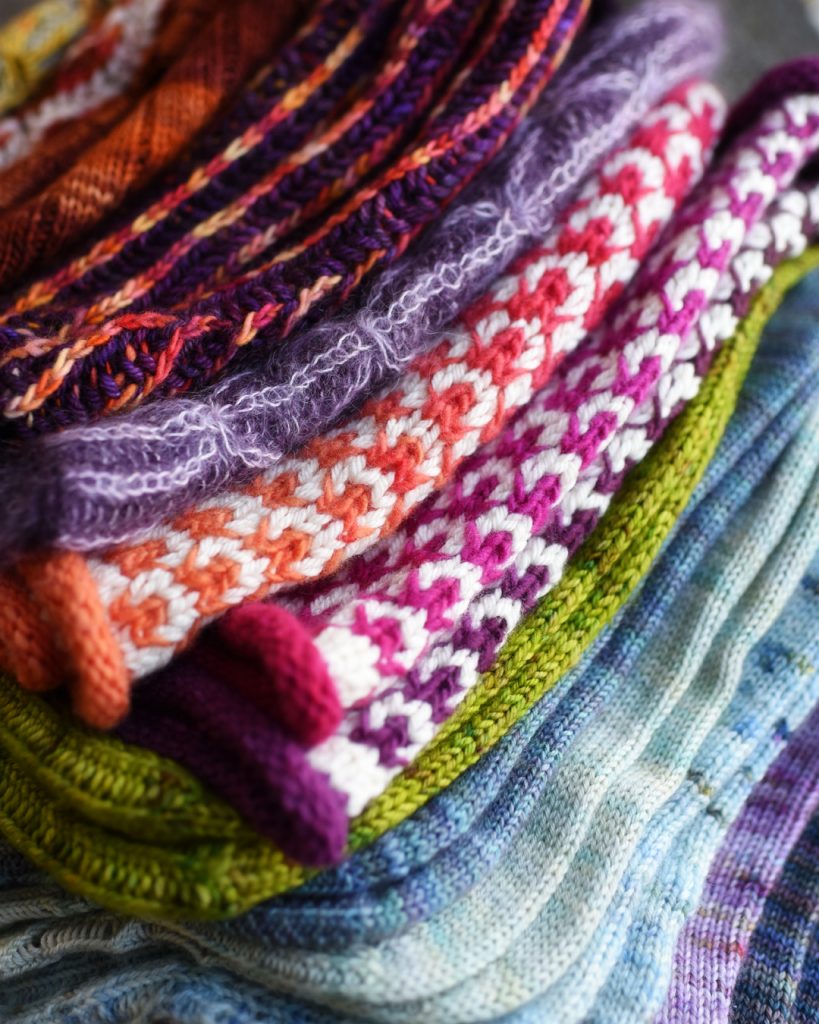
So, as far as I can tell (imagine a big asterisk here where I say up front that I certainly missed part of the conversation because of that whole thing about stories not being a good way for me to see or follow things), a couple of folks talked about how independent pdf sewing patterns often seem to start at about $14 and go up from there more, but very very few independent pdf knitting patterns are priced in that $14-$20 dollar range.
Some folks suggested that $14-$20 might actually be a much more reasonable reflection of the work that goes into making a pattern (and the time you spend working with the pattern), and that it might be a heck of a lot easier for designers to make a living wage selling patterns at that price (versus the $5-$10 range that seems most common right now). I saw posts from at least some designers and knitters saying that seemed reasonable to them, and I believe some designers said they were going to consider raising their prices.
Then a whole bunch of folks started to get really upset and said raising prices would be flat out terrible. The reasons given seemed to fall into two basic camps. The first seemed to boil down to ‘designers are already making too much money and/or designers are just doing this for a hobby and don’t really need their income to pay the bills.’ The second was ‘if knitting patterns are more expensive, knitting won’t be accessible to lower income knitters.’ I think these are two different arguments, and I want to take them one at a time.
First up, the ‘designers are making too much/designers don’t need pay the bills with their work’ comments. I’m going to just say flat out that’s wrong. Designers as a whole are not making too much money. And lots of designers do rely on their design work to pay the bills.
Earlier this year, ravelry shared sales information for January 2019 ravelry sales. Ravelry is by far the biggest platform for knitting pattern sales, and January is historically the best sales months of the year for ravelry. And in January, more than 80% of designers earned less than $100 from ravelry sales. Only 3% of designers earned at least $1,000 from ravelry sales. And less than 1% of designers earned $3,000 or more from ravelry sales. (The numbers are quite similar to the ones ravelry shared earlier for August 2016.)
So to recap, on the biggest sales platform (and the only one a lot of designers sell on), in the biggest sales month of the year, 80% of designers made $100 or less. Only 3% made at least $1,000 (even if you can manage to do that every month, that’s still below the federal poverty line in the US for a single person household). And less than 1% (fewer than 100 people) made $3,000 or more.
And that’s not profit, that’s revenue! To figure out what actually ends up in your bank account, be sure to take out whatever it costs to produce the patterns (yarn, needles, camera, a computer, software, maybe editors or photographers or models or sample knitters, maybe website hosting or mailing list costs). Then take out ravelry fees and paypal fees. And for sure don’t forget your taxes (in the US, as a self employed person, in addition to your regular taxes you also need to pay self employment tax to cover the contribution to social security and medicare that an employer would normally pay). Remember this job doesn’t come with any health insurance or paid time off (so try really hard not to get sick or hurt). And there’s no pension or company match on a retirement plan (so you’d better be saving your pennies for later). And of course if you have to stop working, you totally don’t get unemployment benefits.
That’s fairly grim. I know lots of designers who have said, publicly, that they have had to stop designing full time and look for other jobs in order to pay the bills (and it’s something I’ve heard from lots more people privately). Here’s one account from Leethal, here’s another from Alex Tinsley. Others have tried to spell out just what goes into creating a pattern (this post from Andi Satterlund is amazing) and how much it actually costs (Woolly Wormhead talks about this a lot and has been very open about the financial aspects of designing).
If you think that a group where less than 1% of people come even close to a living wage is overpaid…well then we’re going to have to disagree. And if you’re going to tell me that it’s ok for the job to pay poorly because most designers are women and they can just rely on their husbands’ incomes…well then I’m going to say some fairly stern things to you and then we’re going to have to disagree. A lot.
Still with me? I told you this one was a slog and really not suited for instagram. All that was just to answer the ‘designers make too much already’ comments. Now I want to talk about the ‘if patterns cost more, knitting won’t be accessible to low income people’ comments.
I want to do this carefully. And I’ll probably say something that makes someone angry. But I’m going to try really hard to be both cautious and clear.
It’s a good thing for knitting to be accessible to lots of people. Full stop. That’s not up for debate. It is just true. No one should be made to feel bad for using the yarn or tools or patterns or project bags or notions or whatever else that they like and can afford (and any sniffy comments about cheap acrylic yarn are lousy and we should all be more careful about not making anyone feel bad about what they’re working with). But (and you knew there was a but)…there’s a whole world of difference between saying ‘knitting should be accessible’ (true!) and saying ‘in order for knitting to be accessible, all patterns must be free or really cheap’ (nope!).
As I type this, there are currently 126,942 free knitting patterns listed on ravelry (and I bet it’s gone up between when I typed that and when you’re reading this). Let me say that again. One hundred twenty six thousand nine hundred forty two. More than fifty thousand of them are available for download directly from ravelry right this very second. Want a sweater pattern? There are two thousand of them to download free on ravelry right now. Want socks? There are five thousand of those. How about a shawl? You’ve got four thousand to choose from. Prefer a hat? Great, you’ve got nine thousand to pick from. If you downloaded every free pattern available on ravelry right now and knit one a day, every day, you’d need more than a hundred and thirty years to get through them all. There is not a shortage of free knitting patterns.
Now, I totally understand the feeling of ‘the particular pattern I want most isn’t in my budget.’ There are all sorts of things (books… purses… couches… shoes) that I look at and think ‘the particular one I want most isn’t in my budget.’ And that’s no fun. But I can’t see how to get from ‘I can’t afford the one I want most’ to ‘it’s not fair that the one I want costs more than I can afford…so it should cost less or be free.’
Just for the record, I generally think that things like health care and child care and school and public transportation should be free, and that if you don’t have food or housing, well then that’s a hell of a problem and you need that too. I actually sort of find myself thinking a universal basic income would make things a lot better for literally everyone. But a knitting pattern is a luxury, not a necessity, and I can’t quite get to a point where I feel like luxury goods need to be free.
So, while I will absolutely agree that knitting should be accessible to lots of folks, I don’t think some patterns for being for sale, or even some patterns being expensive is a barrier to that (people being snobby about yarn or patterns, that’s a barrier and something to address…some patterns costing more, not so much). There are a tremendous number of free patterns (and free tutorials, oh so many amazing free resources), and no one is taking those away. Telling designers they shouldn’t charge for their work doesn’t make knitting more accessible…all it does is make sure that fewer people will be able to afford to design.
Whew. Did you make it this far? I’m totally impressed if you did. So, before we go, I’m going to say a few things that are specific to me (because I know someone out there will have a few questions). So, in no particular order:
- I’m fine, please don’t worry about me. I’m one of those folks who, through a combination of really good luck and lot of hard work, is in that one percent of designers who can more or less make a decent living at this. I’ve been doing this for ten year (five years full time), and I put out patterns at a ridiculous rate. (That picture up at the top? That’s some of the patterns that I have coming out in the rest of this year. Not all of them, because they’re not all knit yet because it’s only May. But some.) I’m married, my husband’s job comes with health insurance, and we don’t have kids. I keep my expenses low, and I’m fine.
- I’m not planning to raise my prices right now (though I’m sure I will at some point in the future). I raised them last September (fifty whole cents, less than the cost of a stamp…and yup, I got some nasty messages about it), and I try not to raise them more than once a year or so. That said, I fully support anyone who does want to raise theirs, and I do think it would be good if knitting pattern prices were higher overall. I feel that, as someone who has been doing this for a long time and is fairly stable, it’s actually good for me to keep my prices on the high end. Mostly so I can keep doing this work. But also because I think it helps establish that patterns have worth and it’s ok to charge for them (and I have enough practice to deal with it when folks send nasty messages).
- And finally, if you want to knit my stuff but the price is a barrier, be sure you’re on the mailing list. Mailing list folks always get new patterns for 15% off the first few days they’re out, and they get a heads up when I do big sales (like the indie giftalong in November and the countdown sale in December, both of which let you get a lot of my favorite patterns for 25% off). And all my books should be available at your library (they can request them if they don’t have them on the shelf right now)…I adore libraries and am one hundred percent cool with you getting my books there!
Ok…well that was fun. I told you it wouldn’t all fit in an instagram post!
Mailing List
Want to hear when a new pattern comes out or something fun is going on? Sign up below!
Patreon
Want to support the content I create, get nifty bonus material for some of my favorite patterns, or get every new release delivered right to your inbox? Head over to patreon and sign up!
